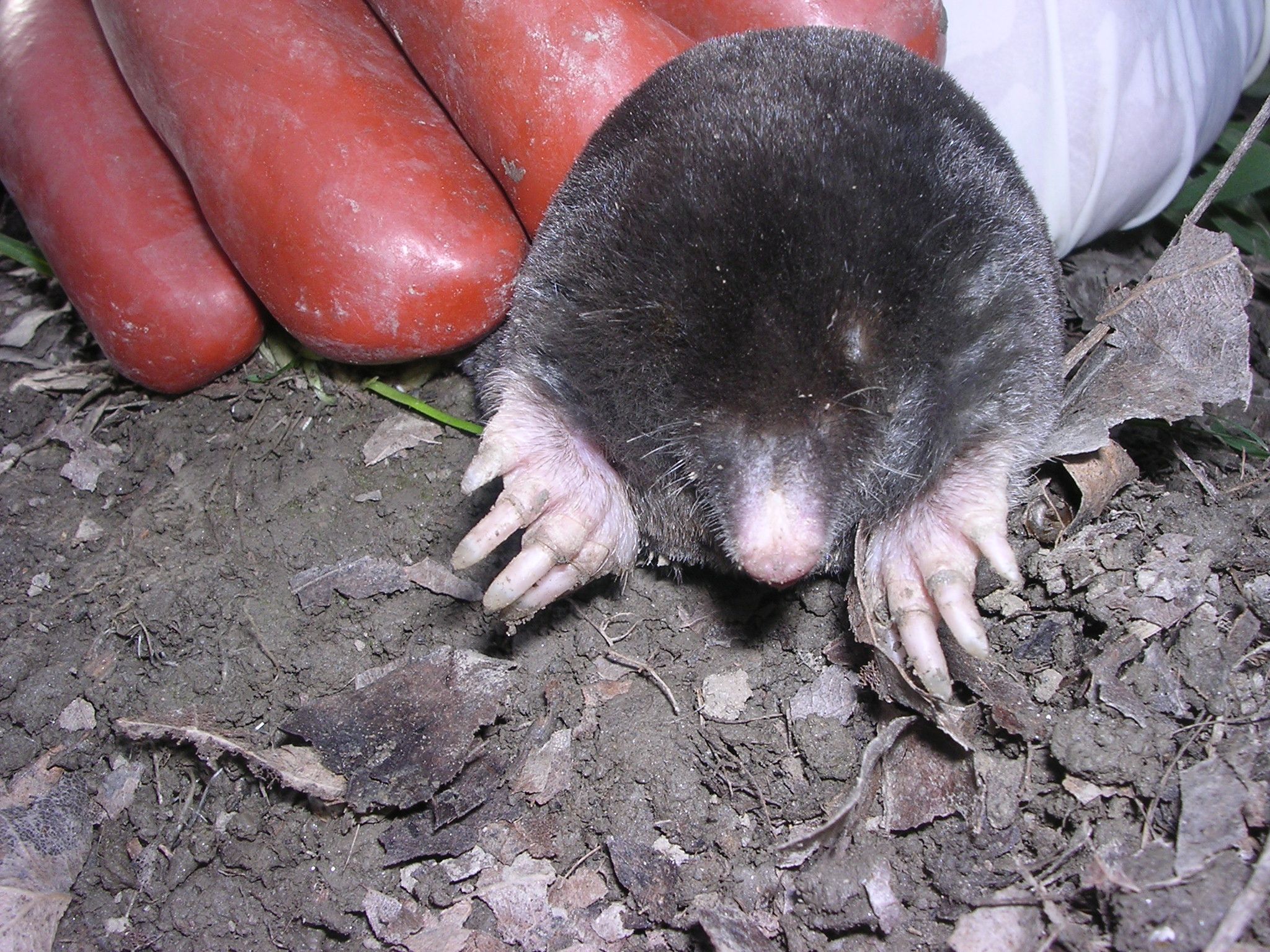
Between sexes: androgenization of female moles
The females of the Iberian mole not only have female ovarian tissue in their ovaries, but also testosterone producing male testes cells. An international research team with participation from evolutionary biologists at the University of Konstanz has now succeeded in describing the genome changes that are responsible for this intersexuality, which is unique among mammals. A new publication in Science outlines the details.
In contrast to all other mammals, the ovaries of Iberian mole (Talpa occidentalis) females also contain male testicle tissue. Although they have two X chromosomes in their genome like all female mammals, their special organ, the so-called ovotestes, consists of both tissue types. The additional testicular tissue is the reason why almost as much testosterone circulates in the body of female moles as in their male counterparts. In this sense female moles are intersexual – and thus unique among mammals. Nevertheless, they function as fertile females because the testicular tissue produces only testosterone but no sperm.
In a new publication in the journal Science, with the participation of the research group led by evolutionary biologist Professor Axel Meyer from the University of Konstanz, an international team of scientists now describes for the first time the genetic and genomic characteristics underlying this remarkable sexual development. The study was led by Professor Stefan Mundlos from the Max Planck Institute for Molecular Genetics (MPIMG) and Charité – Universitätsmedizin Berlin, which is also where first author Francisca Martinez Real is based, and by Dr Darío Lupiáñez from the Berlin Institute for Medical Systems Biology (BIMSB), which is part of the Max Delbrück Center for Molecular Medicine in the Helmholtz Association (MDC). Based on experiments with transgenic mice, the researchers were able to show that the high testosterone levels of the Iberian moles are also beneficial to the females as testosterone stimulates muscle formation which is important for the moles' underground life.
Development of testicles through DNA inversion
During the embryonic development of mammals, usually a determination for one sex or the other takes place early on. However, further analyses of the mole genome revealed that this sex-determination does not happen in the females of the Iberian mole due to two very specific genome alterations. Professor Axel Meyer in collaboration with lab members Dr Paolo Franchini and Dr Peiwen Xiong was significantly involved in the analysis of the mole genome as well as the interpretation and annotation of the associated data.
During the sequencing of the mole genome, which was completely successful for the first time, the scientists discovered that, in contrast to other mammals, the mole has an inverted section of its genome (inversion) in a region that is involved in the formation of testicular cells. This leads to changes in the regulatory domain responsible for controlling the affected gene FGF9, so that testicular tissue develops in addition to ovarian tissue in female moles.
DNA multiplication fuels testosterone production
The scientists also discovered a tripling of a section of the genome around the gene CYP17A1, which is responsible for the production of male sex hormones (androgens). This multiplication results in additional control sequences, which in turn lead to an increased production especially of the male sex hormone testosterone in the ovotestes of the female moles.
Facts:
- Research team for zoology and evolutionary biology led by University of Konstanz biologist Professor Axel Meyer participates in a study on the sexual development of the Iberian mole (Talpa occidentalis), published in the journal Science.
- New insights into the genetic and genomic characteristics that lead to intersexuality in the females of this mole species.
- International research team led by Professor Stefan Mundlos from the Max Planck Institute for Molecular Genetics (MPIMG) and Charité – Universitätsmedizin Berlin, where first author Francisca Martinez Real is also based, and Dr Darío Lupiáñez from the Berlin Institute for Medical Systems Biology (BIMSB), which is part of the Max Delbrück Center for Molecular Medicine in the Helmholtz Association (MDC).
- The first successful complete sequencing of the mole genome and its analysis show that multiplications and inversions of certain DNA segments in females lead to the development of testicular tissue and the production of male sex hormones, especially testosterone.
- The researchers assume that this evolutionary peculiarity gives the females advantages in their struggle for survival underground.
- Original publication: Real, Francisca M. et al., The mole genome reveals regulatory rearrangements associated with adaptive intersexuality, Science, 8 October 2020. URL: https://science.sciencemag.org/cgi/doi/10.1126/science.aaz2582.
